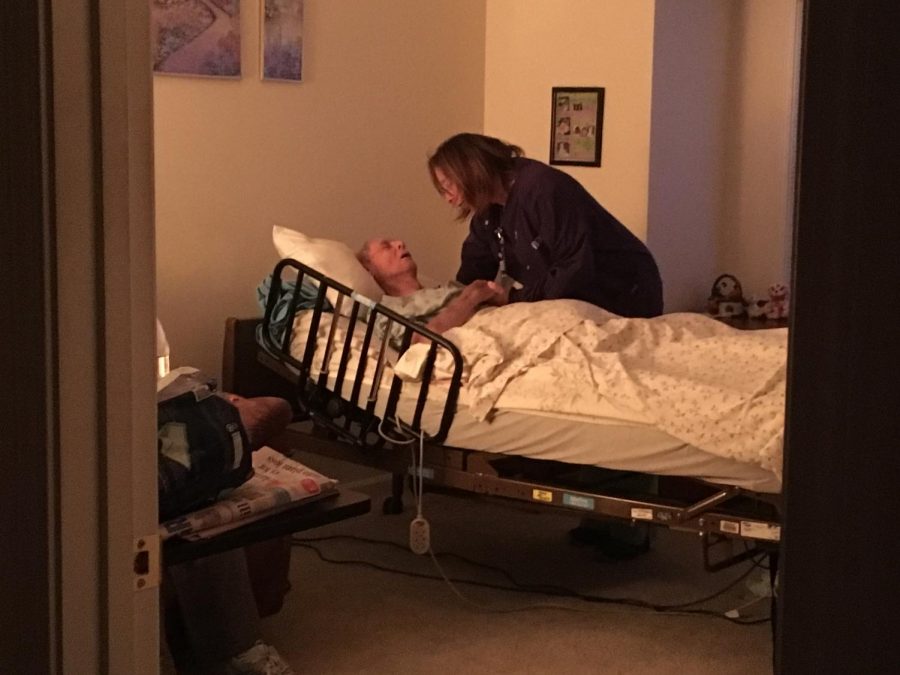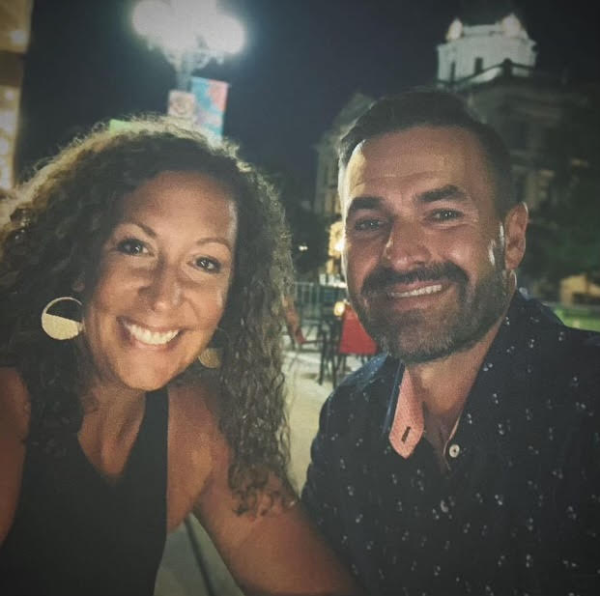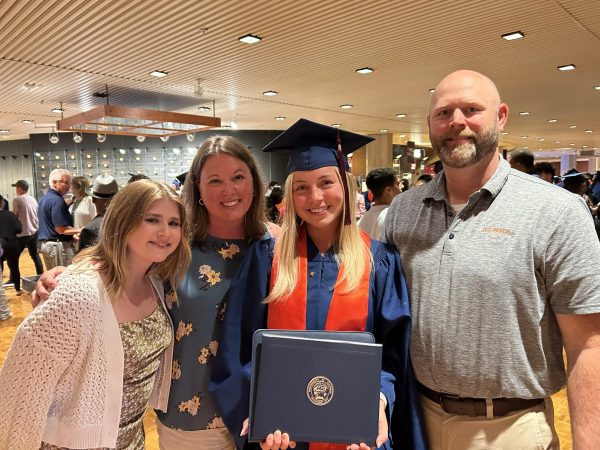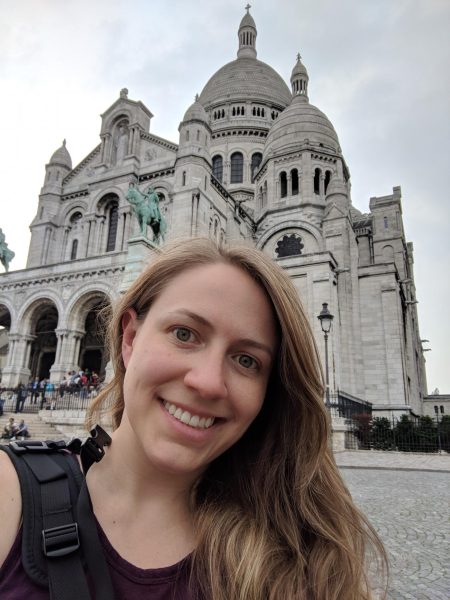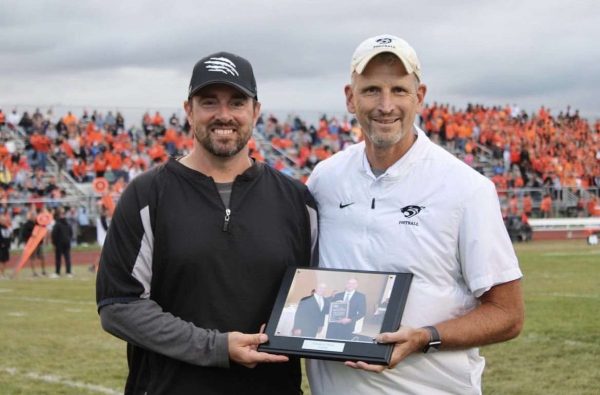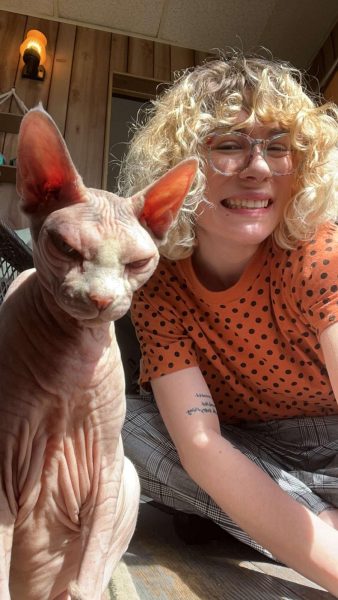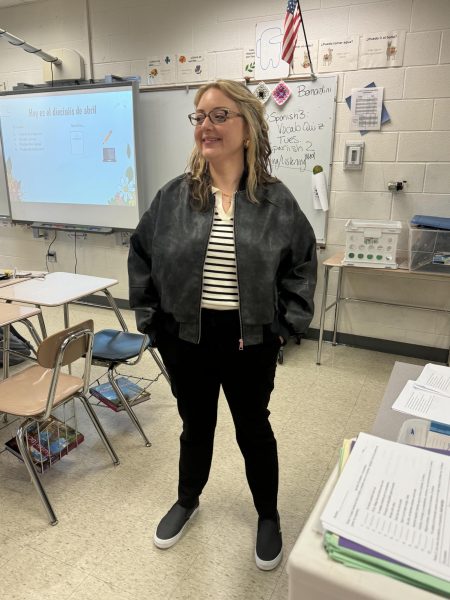A shift in the life of a hospice care worker
October 11, 2018
Hospice care is typically seen when someone who is in critical condition, terminally ill, or elderly decides to end their life peacefully. On the outside view, hospice is seen just a hospital in a home, but it is actually more than just that.
Around 1.6 million people of all ages, illnesses, and injuries enter hospice care each year, usually not on their own terms. Most of the time, families decide to put their loved ones into the care to so the patient can peacefully rest and pass.
The National Hospice and Palliative Care Organization says, “Hospice focuses on caring, not curing and in most cases care is provided in the patient’s home.” They also mention how hospice is considered to be “the model for quality, compassionate care for people facing a life-limiting illness or injury.”
While further researching hospice care, I found there was more than meets the eye. People can receive hospice care at their home, hospitals, hospice centers, nursing homes, and other long-term care facilities.
With a team of people that include the patient’s primary doctor, an assigned nurse or multiple nurses, a social worker, a counselor, a home health aide, trained volunteers and sometimes a chaplain for those who are religious, they assure the best care for the patient and family.
Looking into hospice, I chose to study the lesser common type of hospice, which is Continuous Care. I visited the home of Raymond Koontz, my grandfather, alongside his daughter and my mother, Deanna South, to observe how the service aides their patient.
Walking up to the home of my grandfather, I had a sinking feeling in my stomach, as well as a clenching feeling in my chest, most likely due to my relation to the patient. It wasn’t easy to simply walk into the home of somebody who is dying.
Upon entry, I noticed the house was kept quiet. When I asked why, a worker named Sarah Freestone from Vitas Healthcare responded, “It is to help ensure the patient is able to sleep and be comfortable.”
The two care facilities at the Koontz house were Vitas Healthcare and A Caring Touch.
Vitas is there to ensure that medically, Raymond will stay stable. They take his vitals, such as his heart rate, body temperature, blood pressure, respiratory functions, and a fever check as well as help him take medicine that is prescribed.
“A Caring Touch is there to aide in taking vitals, as well as provide company for the family, patient, and hospice worker,” says Tiara, one of the nurses that take an afternoon shift at Raymond’s house.
They also keep patients in a reclining bed that is similar to a hospital’s to ensure the patient can stay as comfortable as possible during care.
Both the hospice care provider and A Caring Touch take notes on what medication Raymond has taken, his breathing, what he has or hasn’t eaten, and other care processes. When family members visit their loved ones, the caring services share the information.
“It’s hard to see him go through this,” said my mom, “but we know that with Vitas and A Caring Touch, he will be able to pass on peacefully.”
From my experience, I’ve learned that hospice is more than just someone helping a patient that is dying go peacefully. From an outside perspective, it is seen as something that is more of a neutral subject, and is what the patient has chosen to do.
Most of the time, it is the family that makes the decision to put their loved ones into hospice. It is a solemn and heartbreaking experience for the family and the workers, but the workers say they enjoy being able to help families out in their time of need.
If your family is struggling to find care for your loved one, there are multiple care services in and outside of central Illinois. A list of their addresses and phone numbers is provided to be shared.
- Compassus – 2205 E Empire St. Suite A
- Contact: 309-661-0504
- OSF Home Care Services & OSF Hospice – Bloomington/Pontiac (Both located at 211 Landmark Dr.)
- Contact: 309-451-5925
- Heritage Health: Therapy and Senior Care – 700 E Walnut St or 509 N Adelaide St
- Bloomington # – 309-827-8004
- Normal # – 309-452-7468
- Passages Hospice – 404 N Hershey Rd
- Contact: 309-828-8139
- The Myerling – 2218 E Lincoln St.
- Contact: 309-662-5900
- Vitas Healthcare
- Peoria – 309-691-2381
- Lasalle – 815-220-0021
- Bradley – 815-935-6865
- Joliet – 312-567-5622

